Check the ingredients!
... live healthy!


| "Descrizione" by Whiz35 (11828 pt) | 2023-May-23 11:47 |
| Evaluation | N. Experts | Evaluation | N. Experts |
|---|---|---|---|
| 1 | 6 | ||
| 2 | 7 | ||
| 3 | 8 | ||
| 4 | 9 | ||
| 5 | 10 |
E432 (Polysorbate 20 or Tween 20) is a chemical compound produced by the reaction of lauric acid, ethylene oxide and sorbitol through ethoxylation of sorbitan monolaurate. Polysorbate is a sugar alcohol, sorbitol, which is transformed into sorbitan by a dehydration process and then passes through ethoxylation before lauric acid is added. The number 20 denotes the molecule with 20 repeated polyethylene glycol units.
Appears as a white powder or as a stable yellowish viscous liquid. Incompatible with strong oxidising agents. Soluble in water, ethanol, methanol, carbinol, isopropanol, isopropyl alcohol and other solvents, insoluble in mineral oil.
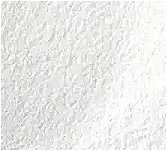
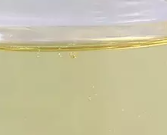
What it is used for and where
Chemical auxiliary agent, chemical intermediate, hydrophilic and non-ionic surfactant. Generally regarded as a fatty acid ethoxylated sorbitan ester.
Food
Ingredient included in the list of European food additives such as E432 and used as penetrant, solubilizing and emulsifier.
Medical and pharmaceuticals
Widely used in biopharmaceutical protein formulations as a stabilising excipient in emulsions and suspensions and to minimise their binding to surfaces during storage and purification (1). It is an oil-in-water emulsifier, and is used as a solubiliser, diffusing agent, antistatic agent, and lubricant in biopharmaceutical products. Polysorbate 20 among non-ionic emulsifiers selected on the physico-chemical characteristics of astaxanthin (a potent antioxidant) nanodispersions produced by an emulsification/evaporation technique, demonstrated the lowest astaxanthin loss rate (2). This shows how important the choice of emulsifier type is in cosmetic and pharmaceutical formulations.
An interesting behaviour of Polysorbate 20 was observed in this study, which also analysed another non-ionic surfactant, Poloxamer 188. The structural changes of the proteins during freezing/thawing were found to be different (3).
Finally, with regard to safety, Polysorbate 20 is considered safe as an excipient at a level similar to that of human serum albumin even when administered intramuscularly (4). It must be remembered, however, that excessive doses of polysorbate 20 may cause mild to moderate irritation and, if administered orally, may cause even more serious effects (5).
Cosmetics
Amphiphilic non-ionic surfactant with dispersing and emulsifying activity in oil-in-water solutions to improve the solubility and stability of cosmetic formulations.
Surfactant - Cleansing agent. Cosmetic products used to cleanse the skin utilise the surface-active action that produces a lowering of the surface tension of the stratum corneum, facilitating the removal of dirt and impurities.
Surfactant - Emulsifying agent. Emulsions are thermodynamically unstable and are used to soothe or soften the skin and emulsify, so they need a specific, stabilising ingredient. This ingredient forms a film, lowers the surface tension and makes two immiscible liquids miscible. A very important factor affecting the stability of the emulsion is the amount of the emulsifying agent. Emulsifiers have the property of reducing the oil/water or water/oil interfacial tension, improving the stability of the emulsion and also directly influencing the stability, sensory properties and surface tension of sunscreens by modulating the filmometric performance.
Other uses
For more information: Polysorbate 20 studies
Typical commercial product characteristics Tween 20
| Appearance | White powder or yellow liquid |
| pH | 6-8 (50g/l, H2O, 20℃) |
| Boiling Point | 695.8±55.0°C at 760 mmHg 100°C |
| Melting Point | 98.9°C |
| Flash Point | 207.1±25.0°C |
| Density | 1.1±0.1 g/cm3 at 20°C |
| Vapor Pressure | 0.0±5.0 mmHg at 25°C <1.4 hPa (20°C) |
| PSA | 133.14000 |
| LogP | 5.37 |
| Refraction Index | 1.502 n20/D 1.468(lit.) |
| Water Solubility | 100 g/L |
| Water | ≤3.0% |
| Specific Gravity | 1.090~1.130 (20/20℃) |
| HLB | 16.7 |
| Acid value | ≤2.0 |
| Saponification value | 40-50 (mg KOH/g) |
| Hydroxyl value | 96-108 (mg KOH/g) |
| Lead | ≤2 (mg/kg) |
| Oxyethylene | 72.0% |
| Storage | 0-6°C |
| Shelf Life | 2 Years |
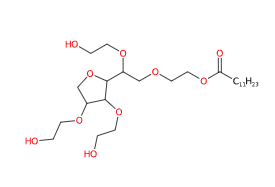 | 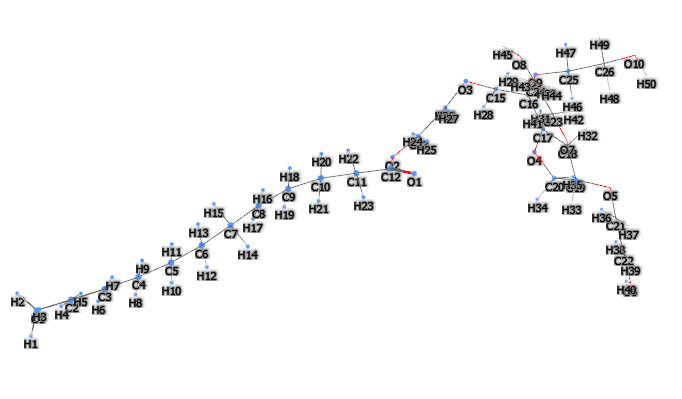 |
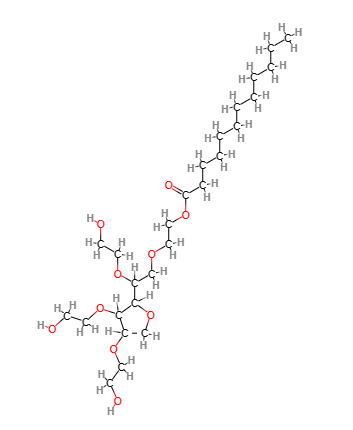 | 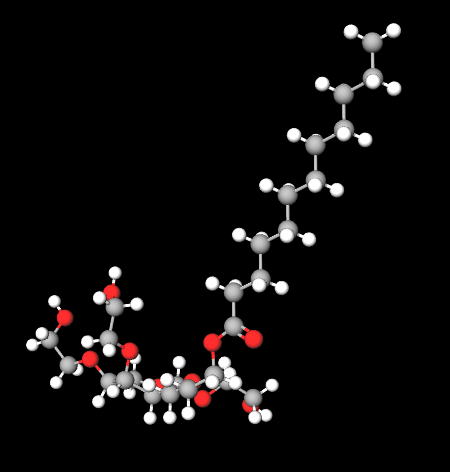 |
Price
25 ml $14.90
250 ml $39.50
1 l $ 75.00
Synonyms
References____________________________________________________________________
(1) Ionova Y, Wilson L. Biologic excipients: Importance of clinical awareness of inactive ingredients. PLoS One. 2020 Jun 25;15(6):e0235076. doi: 10.1371/journal.pone.0235076.
(2) Anarjan, N., & Tan, C. P. (2013). Effects of selected polysorbate and sucrose ester emulsifiers on the physicochemical properties of astaxanthin nanodispersions. Molecules, 18(1), 768-777.
(3) Yuan X, Krueger S, Shalaev E. Protein-surfactant and protein-protein interactions during freeze and thaw: a small-angle neutron scattering study of lysozyme solutions with polysorbate and poloxamer. J Pharm Sci. 2022 Aug 19:S0022-3549(22)00351-3. doi: 10.1016/j.xphs.2022.08.017.
(4) Kim J, Kwak S, Park MS, Rhee CH, Yang GH, Lee J, Son WC, Kang WH. Safety verification for polysorbate 20, pharmaceutical excipient for intramuscular administration, in Sprague-Dawley rats and New Zealand White rabbits. PLoS One. 2021 Aug 27;16(8):e0256869. doi: 10.1371/journal.pone.0256869. Erratum in: PLoS One. 2022 Apr 13;17(4):e0267238.
(5) Moore, J. (1984). Final report on the safety assessment of polysorbates 20, 21, 40, 60, 61, 65, 80, 81, and 85. J Am Coll Toxicol, 3, 1-82.
| Evaluate |